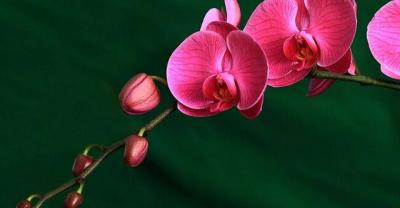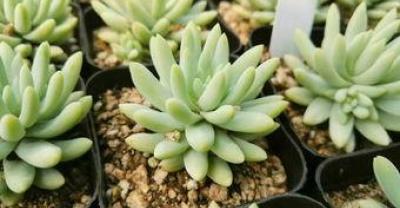Phalaenopsis cultivation methods: Phalaenopsis cultivation techniques, Phalaenopsis requirements for light direction
Phalaenopsis originated in the subtropical region, because the Spring Festival can enjoy many flowers, beautiful colors, longer florescence, loved by the majority of flower friends, most people see the market sale of Phalaenopsis is particularly beautiful, can not help but buy home, because not familiar with the characteristics of Phalaenopsis, breeding for a period of time will die, as long as master the following skills, your Phalaenopsis will blossom year after year, more and more!

Phalaenopsis
Characteristics
Phalaenopsis originated in subtropical areas, is an epiphytic orchid, like warm and humid places, thick air roots exposed, can absorb water in the air, but also absorb sunlight.

Phalaenopsis
Key points of maintenance
Light
Phalaenopsis like sufficient light, but need to avoid direct sunlight, generally slightly stronger scattered light.

Phalaenopsis
Temperature
Temperature is an important factor affecting the survival of Phalaenopsis. The growth temperature of Phalaenopsis is 15-30 degrees. Plants will die if they are below 15 degrees. Generally, they can be put in a heated room in the north in winter, and no heating can be used as a ventilated and transparent greenhouse to spend the winter.

Phalaenopsis
Moisture content
Due to the large leaves of Phalaenopsis, it is not easy to store water, so it needs more watering during the growth period, and more ventilation should be paid attention to when the summer temperature is high.

Phalaenopsis
Other management skills
Phalaenopsis planting mechanism is generally best to use water moss or fermented peanut shell, which is beneficial to root respiration. In order to ensure flowering in the coming year, the withered pedicels should be cut off in time in spring to reduce nutrient consumption, and appropriate Phalaenopsis special nutrient solution should be applied in spring.

- Prev

Key points of culture techniques of blue peacock
The blue peacock, also known as the Indian peacock, is distributed in India and Sri Lanka. The blue peacock also has two mutant forms-the white peacock and the black peacock. The commodity of artificial breeding refers to.
- Next

Culture of national orchid
With regard to the types of national orchids, including Chunlan, Huilan, Cold Orchid and so on, how to maintain them has become a problem for many people.
Related
- On the eggshell is a badge full of pride. British Poultry Egg Market and Consumer observation
- British study: 72% of Britons are willing to buy native eggs raised by insects
- Guidelines for friendly egg production revised the increase of space in chicken sheds can not be forced to change feathers and lay eggs.
- Risk of delay in customs clearance Australia suspends lobster exports to China
- Pig semen-the Vector of virus Transmission (4)
- Pig semen-the Vector of virus Transmission (3)
- Five common causes of difficult control of classical swine fever in clinic and their countermeasures
- Foot-and-mouth disease is the most effective way to prevent it!
- PED is the number one killer of piglets and has to be guarded against in autumn and winter.
- What is "yellow fat pig"? Have you ever heard the pig collector talk about "yellow fat pig"?

